Why SQL Will Remain the Data Scientist’s Best Friend
KDnuggets
JULY 15, 2022
Machine learning, big data analytics or AI may steal the headlines, but if you want to hone a smart, strategic skill that can elevate your career, look no further than SQL.
This site uses cookies to improve your experience. To help us insure we adhere to various privacy regulations, please select your country/region of residence. If you do not select a country, we will assume you are from the United States. Select your Cookie Settings or view our Privacy Policy and Terms of Use.
Cookies and similar technologies are used on this website for proper function of the website, for tracking performance analytics and for marketing purposes. We and some of our third-party providers may use cookie data for various purposes. Please review the cookie settings below and choose your preference.
Used for the proper function of the website
Used for monitoring website traffic and interactions
Cookies and similar technologies are used on this website for proper function of the website, for tracking performance analytics and for marketing purposes. We and some of our third-party providers may use cookie data for various purposes. Please review the cookie settings below and choose your preference.

KDnuggets
JULY 15, 2022
Machine learning, big data analytics or AI may steal the headlines, but if you want to hone a smart, strategic skill that can elevate your career, look no further than SQL.

Data Science Dojo
JUNE 19, 2023
Organizations must become skilled in navigating vast amounts of data to extract valuable insights and make data-driven decisions in the era of big data analytics. Amidst the buzz surrounding big data technologies, one thing remains constant: the use of Relational Database Management Systems (RDBMS).
This site is protected by reCAPTCHA and the Google Privacy Policy and Terms of Service apply.

Analytics Vidhya
JANUARY 17, 2023
Corporations across all industries have invested significantly in big data, establishing analytics departments, particularly in telecommunications, insurance, advertising, financial services, healthcare, and technology. The post Step-by-Step Guide to Becoming a Data Analyst in 2023 appeared first on Analytics Vidhya.
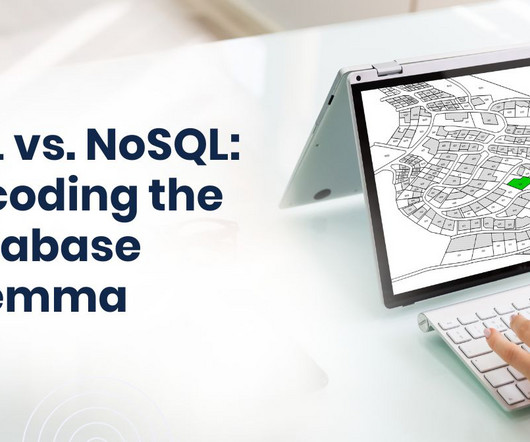
Data Science Dojo
JULY 12, 2023
Welcome to the world of databases, where the choice between SQL (Structured Query Language) and NoSQL (Not Only SQL) databases can be a significant decision. In this blog, we’ll explore the defining traits, benefits, use cases, and key factors to consider when choosing between SQL and NoSQL databases.
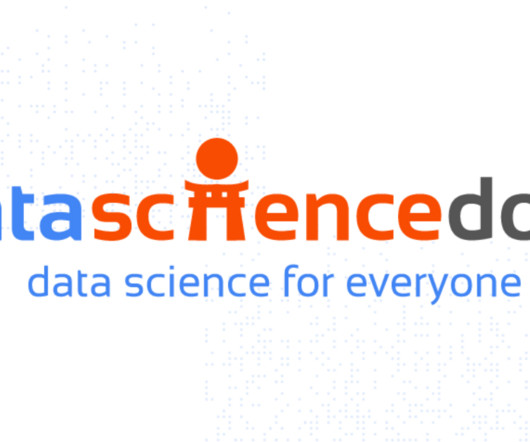
Data Science Dojo
OCTOBER 31, 2024
They work closely with database administrators to ensure data integrity, develop reporting tools, and conduct thorough analyses to inform business strategies. Their role is crucial in understanding the underlying data structures and how to leverage them for insights.

Smart Data Collective
OCTOBER 20, 2020
Big data has led to some major breakthroughs for businesses all over the world. Last year, global organizations spent $180 billion on big data analytics. However, the benefits of big data can only be realized if data sets are properly organized. The benefits of data analytics are endless.

Smart Data Collective
APRIL 8, 2020
The data collected in the system may in the form of unstructured, semi-structured, or structured data. This data is then processed, transformed, and consumed to make it easier for users to access it through SQL clients, spreadsheets and Business Intelligence tools. Big data and data warehousing.
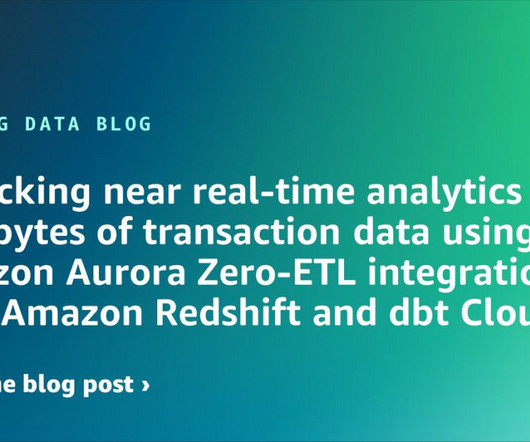
NOVEMBER 27, 2024
The data in Amazon Redshift is transactionally consistent and updates are automatically and continuously propagated. Together with price-performance, Amazon Redshift offers capabilities such as serverless architecture, machine learning integration within your data warehouse and secure data sharing across the organization.

Data Science Dojo
JULY 6, 2023
It integrates seamlessly with other AWS services and supports various data integration and transformation workflows. Google BigQuery: Google BigQuery is a serverless, cloud-based data warehouse designed for big data analytics. It provides a scalable and fault-tolerant ecosystem for big data processing.
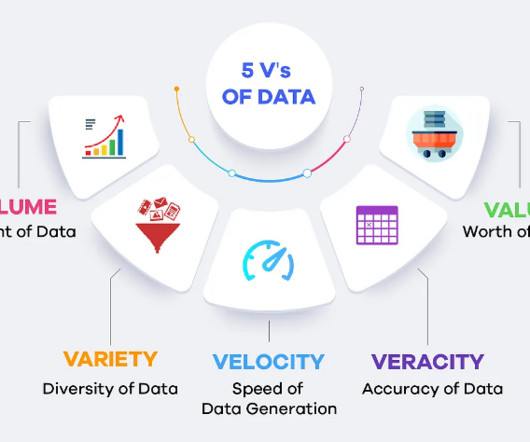
Women in Big Data
SEPTEMBER 7, 2024
The Power of Big Data transcends the business sector. It moves beyond the vast amount of data to discover patterns and stories hidden inside. FUNDAMENTAL CHARACTERISTICS OF BIG DATA Big data isn’t defined by specific numbers or figures but by its sheer volume and rapid growth.
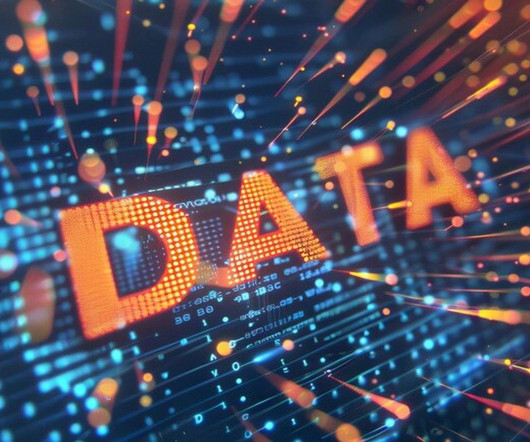
Pickl AI
AUGUST 9, 2024
Summary: A comprehensive Big Data syllabus encompasses foundational concepts, essential technologies, data collection and storage methods, processing and analysis techniques, and visualisation strategies. Fundamentals of Big Data Understanding the fundamentals of Big Data is crucial for anyone entering this field.
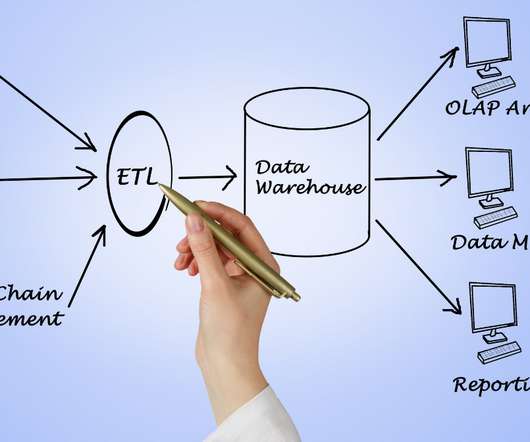
Data Science Dojo
JANUARY 12, 2023
Insights of data warehouse A data warehouse is a database designed for the analysis of relational data from corporate applications and transactional systems. The results of rapid SQL queries are often utilized for operational reporting and analysis; thus, the data structure and schema are set in advance to optimize for this.
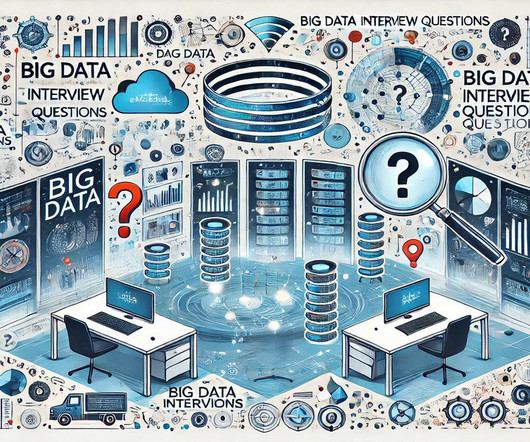
Pickl AI
DECEMBER 9, 2024
Summary: This article provides a comprehensive guide on Big Data interview questions, covering beginner to advanced topics. Introduction Big Data continues transforming industries, making it a vital asset in 2025. The global Big Data Analytics market, valued at $307.51 What is Big Data?

Data Science Dojo
SEPTEMBER 5, 2024
The field of data science emerged in the early 2000s, driven by the exponential increase in data generation and advancements in data storage technologies. Data science plays a crucial role in numerous applications across different sectors: Business Forecasting : Helps businesses predict market trends and consumer behavior.

Data Science Dojo
SEPTEMBER 5, 2024
The field of data science emerged in the early 2000s, driven by the exponential increase in data generation and advancements in data storage technologies. Data science plays a crucial role in numerous applications across different sectors: Business Forecasting : Helps businesses predict market trends and consumer behavior.

Data Science Dojo
JULY 3, 2024
Big Data Technologies : Handling and processing large datasets using tools like Hadoop, Spark, and cloud platforms such as AWS and Google Cloud. Data Processing and Analysis : Techniques for data cleaning, manipulation, and analysis using libraries such as Pandas and Numpy in Python.
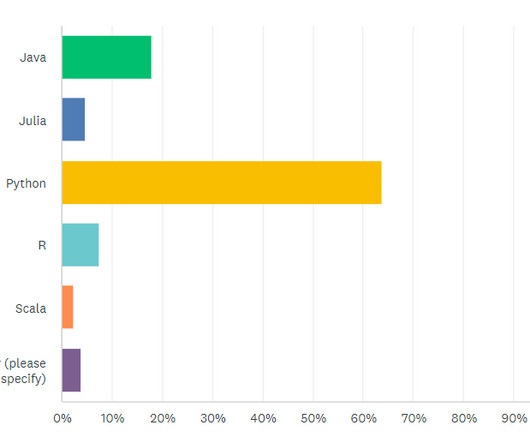
ODSC - Open Data Science
MARCH 6, 2023
Big data analytics is evergreen, and as more companies use big data it only makes sense that practitioners are interested in analyzing data in-house. No field truly dominated over the others, so it’s safe to say that there’s a good amount of interest across the board. However, the top three still make sense.

Smart Data Collective
MAY 29, 2023
The Role of an Effective Analyst Data analysts are responsible for the harvesting, management, analysis, and interpretation of big data gathered. Here is a brief list of suggestions to inform the hiring for that role. Confidence in those softwares which are industry leading, and standards is key.
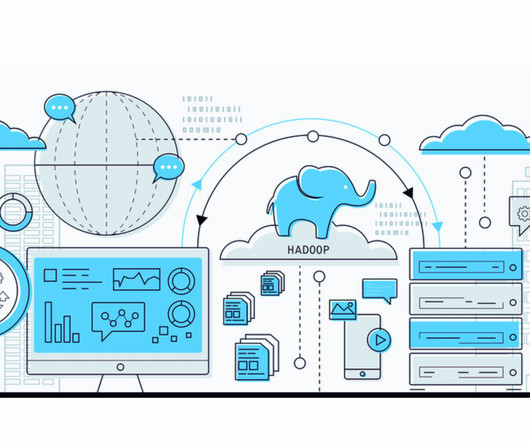
Pickl AI
JUNE 18, 2023
Hadoop has become a highly familiar term because of the advent of big data in the digital world and establishing its position successfully. The technological development through Big Data has been able to change the approach of data analysis vehemently. It offers several advantages for handling big data effectively.

Pickl AI
JULY 6, 2023
Hive is a data warehousing infrastructure built on top of Hadoop. It has the following features: It facilitates querying, summarizing, and analyzing large datasets Hadoop also provides a SQL-like language called HiveQL Hive allows users to write queries to extract valuable insights from structured and semi-structured data stored in Hadoop.
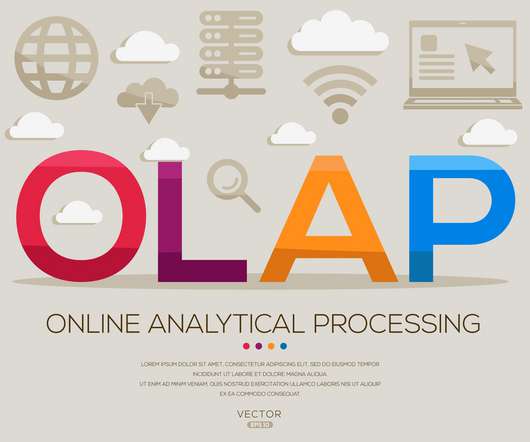
Smart Data Collective
JUNE 16, 2022
There are a lot of important queries that you need to run as a data scientist. This tool can be great for handing SQL queries and other data queries. Every data scientist needs to understand the benefits that this technology offers. You need to utilize the best tools to handle these tasks. Using OLAP Tools Properly.

Pickl AI
JULY 18, 2023
SQL: Mastering Data Manipulation Structured Query Language (SQL) is a language designed specifically for managing and manipulating databases. While it may not be a traditional programming language, SQL plays a crucial role in Data Science by enabling efficient querying and extraction of data from databases.

IBM Journey to AI blog
JULY 6, 2023
While data science and machine learning are related, they are very different fields. In a nutshell, data science brings structure to big data while machine learning focuses on learning from the data itself. What is data science? This post will dive deeper into the nuances of each field.
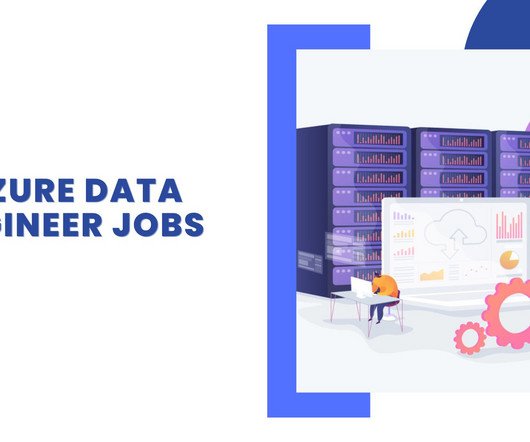
Pickl AI
APRIL 6, 2023
Data Engineering is one of the most productive job roles today because it imbibes both the skills required for software engineering and programming and advanced analytics needed by Data Scientists. How to Become an Azure Data Engineer? Having experience using at least one end-to-end Azure data lake project.
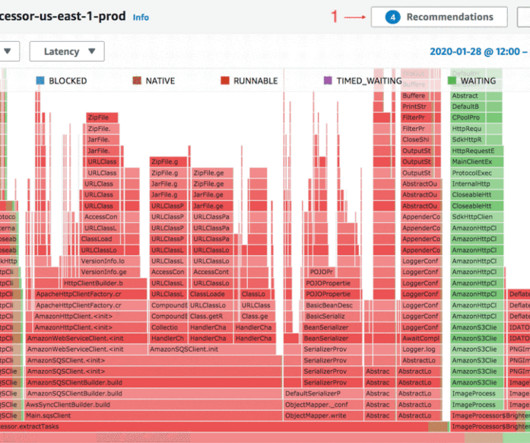
AWS Machine Learning Blog
NOVEMBER 8, 2023
Amazon CodeWhisperer currently supports Python, Java, JavaScript, TypeScript, C#, Go, Rust, PHP, Ruby, Kotlin, C, C++, Shell scripting, SQL, and Scala. times more energy efficient than the median of surveyed US enterprise data centers and up to 5 times more energy efficient than the average European enterprise data center.
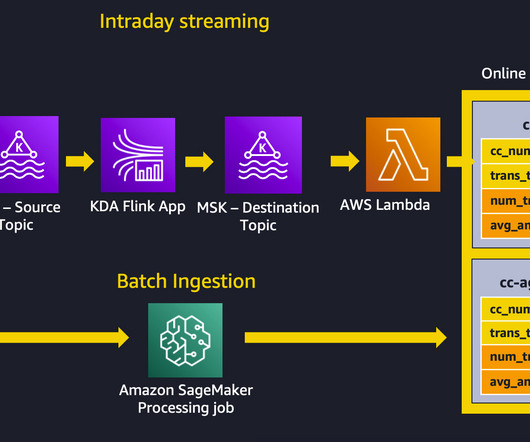
AWS Machine Learning Blog
APRIL 19, 2023
In our use case, we show how using SQL for aggregations can enable a data scientist to provide the same code for both batch and streaming. In our use case, we ingest live credit card transactions to a source MSK topic, and use a Kinesis Data Analytics for Apache Flink application to create aggregate features in a destination MSK topic.
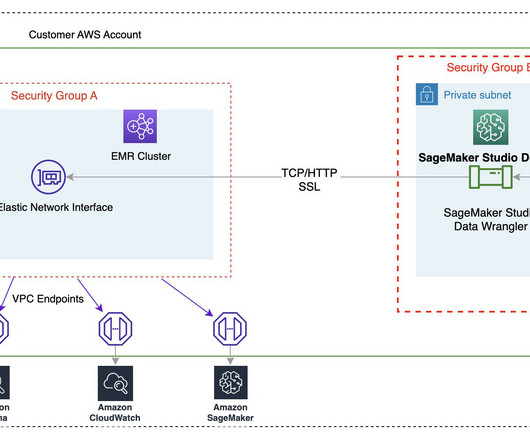
AWS Machine Learning Blog
MARCH 10, 2023
Data Wrangler enables you to access data from a wide variety of popular sources ( Amazon S3 , Amazon Athena , Amazon Redshift , Amazon EMR and Snowflake) and over 40 other third-party sources. Starting today, you can connect to Amazon EMR Hive as a big data query engine to bring in large datasets for ML.

Pickl AI
OCTOBER 11, 2024
Summary: DBMS architecture consists of several key components that work in harmony to manage data efficiently. Introduction In today’s data-driven world, the ability to efficiently manage and manipulate vast amounts of information is paramount for organisations across industries.
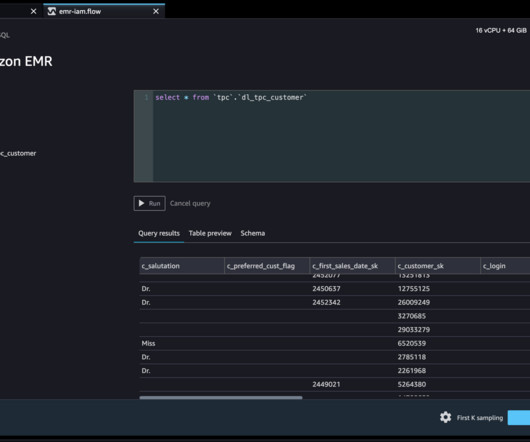
AWS Machine Learning Blog
AUGUST 21, 2023
Our customers wanted the ability to connect to Amazon EMR to run ad hoc SQL queries on Hive or Presto to query data in the internal metastore or external metastore (such as the AWS Glue Data Catalog ), and prepare data within a few clicks. You can also query, explore, and visualize data from Amazon EMR.

Pickl AI
SEPTEMBER 5, 2024
Advanced Analytics: Tools like Azure Machine Learning and Azure Databricks provide robust capabilities for building, training, and deploying Machine Learning models. Unified Data Services: Azure Synapse Analytics combines big data and data warehousing, offering a unified analytics experience.

Pickl AI
FEBRUARY 10, 2025
Amazon S3 (Simple Storage Service) is an object storage service that provides high durability and availability for data storage. Common use cases include: Backup and restore Data archiving Big Data Analytics Static website hosting 5. What Are Availability Zones and Regions in AWS?
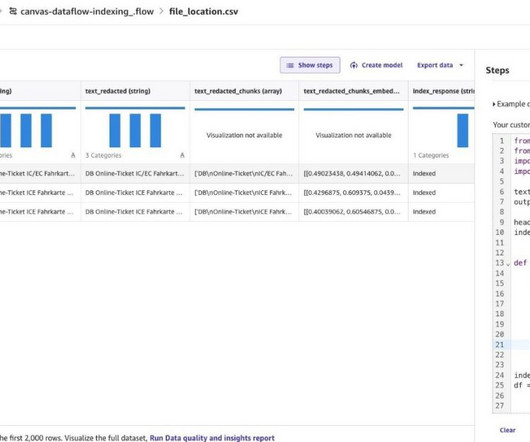
AWS Machine Learning Blog
NOVEMBER 27, 2023
You can create a custom transform using Pandas, PySpark, Python user-defined functions, and SQL PySpark. His knowledge ranges from application architecture to big data, analytics, and machine learning. To add a new transform, complete the following steps: Choose the plus sign and choose Add Transform.
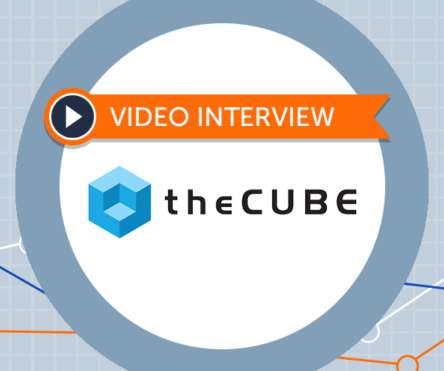
Alation
FEBRUARY 13, 2020
Meet TrustCheck: Your Spell Check for SQL or BI. With TrustCheck, data analysts see color-coded visual cues whenever they use a questionable source, right in their natural workflow in real-time, whether they’re working in Alation Compose, in Tableau or in SalesForce Einstein Analytics. Got a great conversation today.

Pickl AI
SEPTEMBER 24, 2024
Key Features Comprehensive Curriculum : Covers essential topics like Python, SQL , Machine Learning, and Data Visualisation, with an emphasis on practical applications. Innovative Add-Ons : Includes unique add-ons like Pair Programming using ChatGPT and Data Wrangling using Pandas AI.

Pickl AI
APRIL 10, 2023
So, if you are eyeing your career in the data domain, this blog will take you through some of the best colleges for Data Science in India. There is a growing demand for employees with digital skills The world is drifting towards data-based decision making In India, a technology analyst can make between ₹ 5.5 Lakhs to ₹ 11.0

Pickl AI
JANUARY 28, 2025
They store structured data in a format that facilitates easy access and analysis. Data Lakes: These store raw, unprocessed data in its original format. They are useful for big data analytics where flexibility is needed. These tools work together to facilitate efficient data management and analysis processes.

IBM Journey to AI blog
SEPTEMBER 4, 2024
Speed Kafka’s data processing system uses APIs in a unique way that help it to optimize data integration to many other database storage designs, such as the popular SQL and NoSQL architectures , used for big data analytics.

Pickl AI
JANUARY 16, 2024
Trends in Data Analytics career path Trends Key Information Market Size and Growth CAGR Big Data Analytics Dealing with vast datasets efficiently. Cloud-based Data Analytics Utilising cloud platforms for scalable analysis. Value in 2022 – $271.83 billion In 2023 – $307.52

Pickl AI
JANUARY 12, 2023
These include the following: Introduction to Data Science Introduction to Python SQL for Data Analysis Statistics Data Visualization with Tableau 5. This course is beneficial for individuals who see their careers as Data Scientists and artificial intelligence experts. Course Overview What is Data Science?
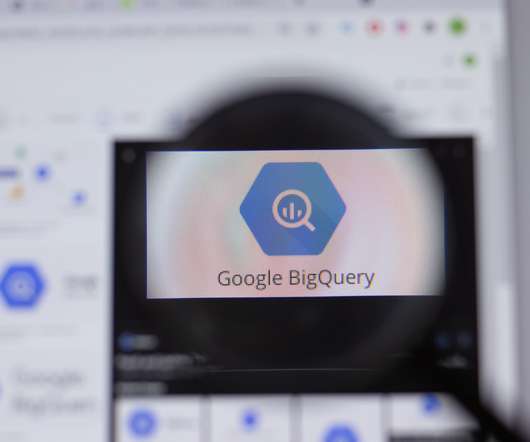
Smart Data Collective
JUNE 6, 2021
While you may think that you understand the desires of your customers and the growth rate of your company, data-driven decision making is considered a more effective way to reach your goals. The use of big data analytics is, therefore, worth considering—as well as the services that have come from this concept, such as Google BigQuery.

Pickl AI
DECEMBER 4, 2024
This explosive growth is driven by the increasing volume of data generated daily, with estimates suggesting that by 2025, there will be around 181 zettabytes of data created globally. The field has evolved significantly from traditional statistical analysis to include sophisticated Machine Learning algorithms and Big Data technologies.
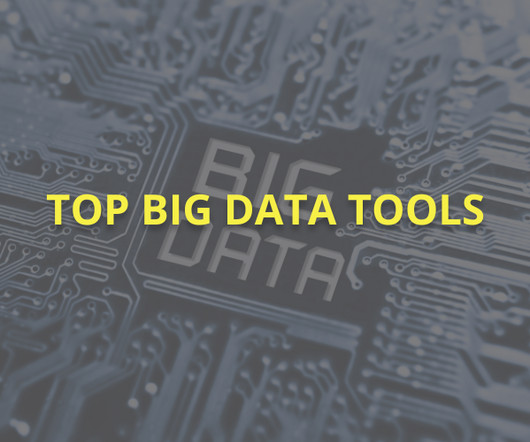
Pickl AI
FEBRUARY 23, 2025
Summary: Big Data tools empower organizations to analyze vast datasets, leading to improved decision-making and operational efficiency. Ultimately, leveraging Big Data analytics provides a competitive advantage and drives innovation across various industries.
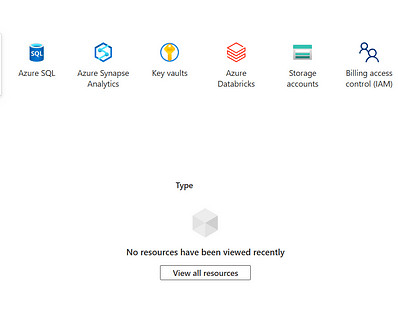
Towards AI
NOVEMBER 15, 2024
Resource Creation As Per the Requirements or Project After creating resource groups, we need to create resources that we are going to use to build our data pipelines. Here is the data pipeline building from ADLS to Azure SQL DB. So, We need to create a Storage Account Resource as ADLS, ADF, and then an SQL DB.

Pickl AI
APRIL 1, 2025
Database Services : Cloud databases like AWS RDS, Azure SQL, and Google Firestore. Get hands-on experience with: Database Services : Learn about relational ( SQL ) and NoSQL databases. Understanding cloud-based data solutions can enhance your career prospects even further. How is cloud computing related to data science?
Expert insights. Personalized for you.
We have resent the email to
Are you sure you want to cancel your subscriptions?


Let's personalize your content